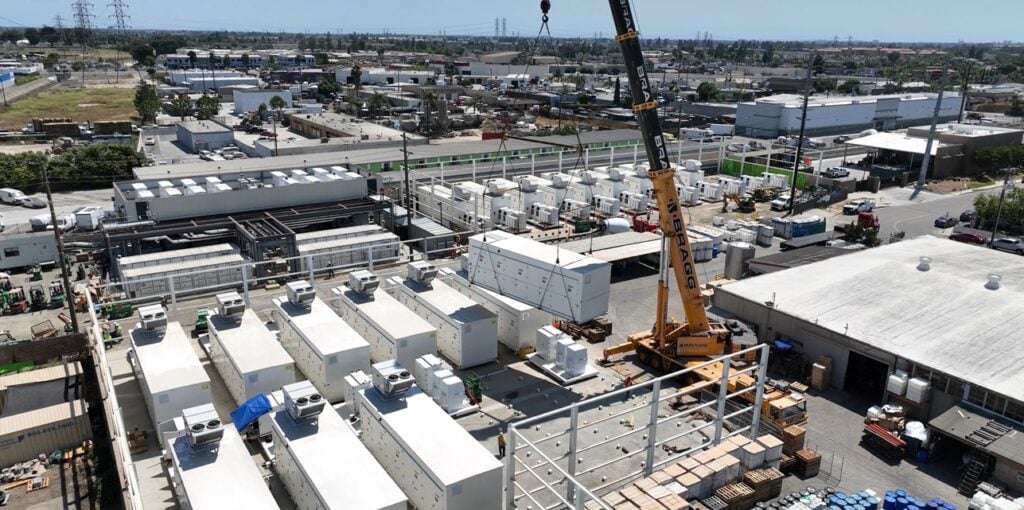
An investment tax credit (ITC) transaction worth US$60 million using new transferability mechanisms from the Inflation Reduction Act has closed, for a BESS project deployed by Energy Vault for W Power and Wellhead Electric.
The transaction has been facilicated by digital marketplace for tax credit transfers Basis Climate. The tax credits have been sold by independent power producers (IPPs) W Power and Wellhead Electric and apply to the Stanton Battery Energy Storage Project in California.
Enjoy 12 months of exclusive analysis
- Regular insight and analysis of the industry’s biggest developments
- In-depth interviews with the industry’s leading figures
- Annual digital subscription to the PV Tech Power journal
- Discounts on Solar Media’s portfolio of events, in-person and virtual
Stanton, a 68.8MW/275MWh (battery energy storage system), entered commercial operation earlier this month and was deployed by Energy Vault, the company better known for its gravity-based energy storage tech.
Construction on the Stanton BESS project started a little over a year ago. A list of key project partners for the project from W Power includes lithium-ion OEM Samsung SDI America, potentially pointing to the supplier of the battery cells which went into Energy Vault’s containerised BESS solution.
In our earlier interview with Energy Vault CEO Rob Piconi, he claimed the firm’s unique BESS architecture allowed it to fit 68MW into a plot of land where other project contract bidders could only get 50MW in.
Basis Climate didn’t reveal the buyer of the investment tax credit (ITC) for the Stanton project. The transferability mechanism was brought in as part of the Inflation Reduction Act to make it easier to buy and sell tax credits for clean energy projects. Prior to this tax equity investment require setting up complicated tax equity joint venture structures, narrowing the pool of potential investors to big financial institutions familiar with those structures.
Basis said it is currently working on executing more transactions by the end of 2023 and actively marketing tax credits for 2024-2025 tax years. An investment tax credit or credits can only be bought once under the new transferability rules.
Earlier this month, IPP Arevon claimed “one of the first” uses of the transferability mechanism, for a solar-plus-storage project with a 600MWh BESS, also in California, the US’ leading market for energy storage.
Energy-Storage.news interviewed law firm Shearman & Sterling partner Mona Dajani about transferability and direct pay under the Inflation Reduction Act in July (Premium access).






